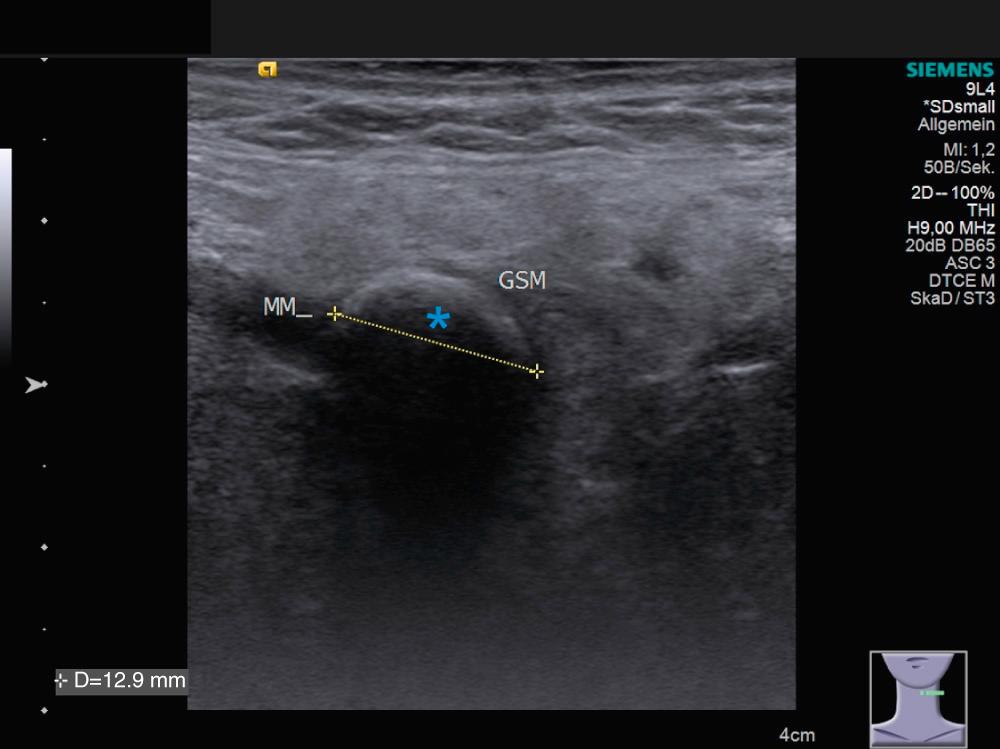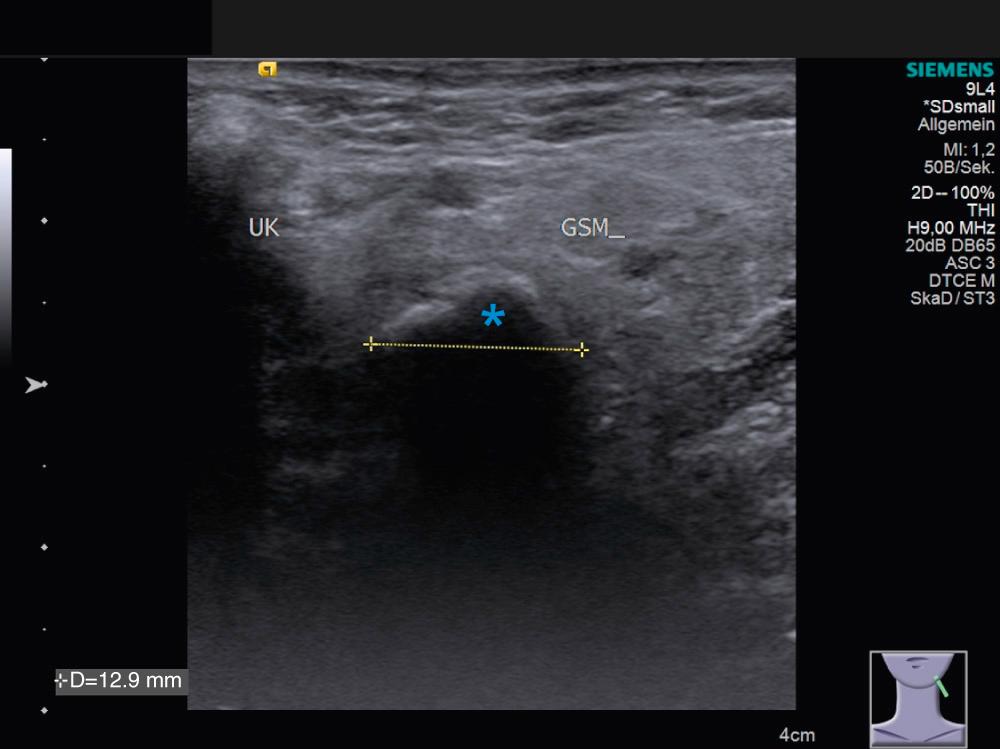Physical Address
304 North Cardinal St.
Dorchester Center, MA 02124
Salivary gland obstruction accounts for about 50% of all benign salivary gland diseases. Sialolithiasis is one of the most frequent causes of inflammatory changes within the large salivary glands. Some salivary stones are expulsed with the saliva through the natural anatomic orifices and remain asymptomatic. The incidence of symptomatic stones requiring therapy amounts to 27.5–59 cases per million inhabitants.
In a large group of patients and in the literature, submandibular stones showed no statistical difference with respect to gender and is mostly diagnosed between the third and fourth decade of life, significantly about 10 years earlier than in parotid stones. But they can also already appear under the age of 20.
To understand the meaning of transoral endoscopy-assisted techniques, the most important feature is the location of stone formation within the duct system. Stones are 80% in the submandibular gland, 20% in the parotid gland, and infrequently in the sublingual or minor salivary glands. Considering the submandibular gland, 9% of the stones form in the intraparenchymal duct system, 53% within the hilum area, and 37% in the distal duct system. If one just differentiates between intraglandular parenchymal and extraglandular stones, one will find only 10% of the concrements localized intraglandularly. This is an important fact influencing the thoughts of a possible gland-preserving treatment.
Scintigraphic findings indicate that after removal of an obstruction, the glands can return to normal function; nonetheless, surgical removal of the gland is paradoxically still recommended. Based on available literature, the therapy of chronic (obstructive) sialadenitis of the submandibular glands has to be approached in a new context. Modern treatment is based on different approaches for submandibular gland preservation.
The first diagnosis of sialolithiasis or stenosis with a painful, swollen gland should initially be treated with secretory stimulants and massage of the affected gland. Dilation of the duct orifice, the narrowest part of the duct, can provide extensive relief of symptoms, including stone expulsion in cases of small stones. These conservative measures may lead to a remission of symptoms or stones in 13% of submandibular gland stones.
Many of the stones in Wharton's duct can be directly and best visualized through sialendoscopy, which has therefore gained importance and has widely developed as a routine diagnostic tool. The technical advantages and improvements in new endoscopes with respect to size, optical, and material features have consequently led to a widened spectrum of indication for diagnostic and interventional sialendoscopy.
Interventional sialoscopy in cases of stones within the submandibular duct system is very successful for small and mobile stones. If concrements are impacted within the tissue, it might be possible to fragment or mobilize them and extract the fragments. Whether stones can be removed by endoscopic means is often decided during the diagnostic and therapeutic sialendoscopy.
Sialendoscopy is a basis for the decision of further therapy, including combined approaches. Sialendoscopy has been proven to be a safe procedure and it has been well tolerated. A low rate of complications (0.9%) is reported. With interventional sialendoscopy and sialendoscopic-assisted transoral combined approaches, extracorporeal and intracorporeal lithotripsy in submandibular stones are less important, or reserved for special conditions.
Patients presenting with the typical history of recurrent and sometimes painful periprandial swelling of the submandibular gland are highly suspected to suffer from obstructive disease caused by a salivary stone located within Wharton's duct or the intraparenchymal duct system. Following careful clinical examination, including gland massage, checking the salivary flow of the affected gland, and bimanual palpation of gland and duct system, imaging is indicated.
From the authors’ expertise in ultrasound, the 7.5 MHz probe is an ideal imaging choice for diagnosing salivary stones within the submandibular gland ( Figs. 18.1 , 18.2 ). When combining this method with stimulation of the gland by vitamin C, sensitivity and specificity will rise. Depending on the experience and available equipment, a computed tomography (CT) or magnetic resonance imaging (MRI) is also possible, although CT has the disadvantage of radiation exposure and MRI is more expensive.


Having diagnosed a salivary stone and failed conservative measures, the first step is a diagnostic endoscopy of Wharton's duct combined with interventional measures, including basket extraction, mobilization, and, if possible, fragmentation and extraction of fragments.
In cases when the stone is too large in size and impacted within the duct, a sialendoscopic-assisted or combined transoral stone removal is the next indicated procedure. This is possible whenever the stone is visible during endoscopy within the course of Wharton's duct up to the hilum of the gland and first order ducts. Even if the stone is smaller and not bimanually palpable within the gland hilum but visible, the indication for this procedure remains as the next step. For intraparenchymal stones, other options such as extracorporeal shock wave lithotripsy (ESWL) for smaller stones, and surgical removal of the gland for multiple and larger non-visible stones would follow.
Become a Clinical Tree membership for Full access and enjoy Unlimited articles
If you are a member. Log in here